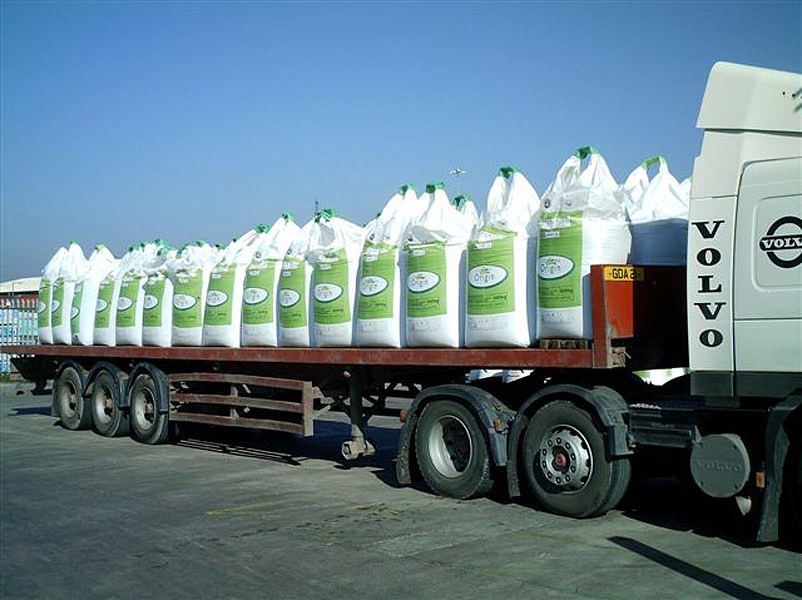Best Use of Limited Supplies: Nitrogen Fertilisers
- Take account of fertiliser nitrogen and crop produce prices and check the new FAS TN731 (2020): Nitrogen recommendations for cereals, oilseed rape and potatoes.
- N recommendations for cereals and winter oilseed rape include an adjustment for expected yield.
- New potato trials suggest that there is no advantage to a split application of N to potatoes compared with all nitrogen applied at planting.
- N recommendations take account of NVZ Action Programme rules and Nmax and will minimise losses of N to the environment.
- Careful planning that maximises the efficient use of fertiliser and organic materials can help reduce the amount of N that is lost as nitrous oxide, a greenhouse gas.

- Winter Triticale N rates are now the same as winter wheat with same yield allowances.
- Winter oats now have the same N rates recommended as winter barley but with no yield adjustments allowable.
- Winter rye has same N rates as winter barley with yield adjustment for the whole crop of 2.5 kg of additional N for every tonne over 30 t/ha.
- Spring barley – no high N grain distilling adjustment.
- Spring oats – standard yield increased from 5 t/ha to 5.5 t/ha
- N recommendations for vegetable and minority crops have been updated in the light of recent trials results and advisory experience.
- Some vegetable growers may wish to test their soils for soil mineral nitrogen (SMN). SMN testing can give useful additional information about soil N supply where it is likely to be high or uncertain; where regular inputs of organic manures are used; or where large amounts of leafy crop residues have regularly been incorporated.
- Care must be taken when interpreting results of SMN testing since SMN concentrations can vary widely from day to day depending primarily on soil temperature and rainfall. When measuring SMN before a vegetable crop you do not need to add an estimate of N mineralisation during the growing season as this is already considered in the recommendation tables.
- Guidance on how to collect an SMN sample can be found in Section 6 “Vegetables and bulbs”, Nutrient Management Guide (RB209), 2020). The main considerations for vegetable crops when SMN sampling, which are distinct from other crops are:
- Take SMN samples as close to planting date as possible, but not within 2- months of applying nitrogen fertiliser or organic materials.
- Take samples in 30 cm sections to 90 cm or to rooting depth. Use table A2c to identify the correct N residue group based on sampling depth.
- Samples should be analysed for nitrate-N and ammonium-N. Analytical results in mg N/kg should be converted to kg/ha, considering the dry bulk density of the soil, then summed to give a value for the whole soil profile. For most mineral soils, a “standard” bulk density of 1.33 g/ml can be used, and the calculation can be simplified to:
-
- SMN (kg N/ha) = mg N/kg x 2 (for each 15 cm layer of soil)
- SMN (kg N/ha) = mg N/kg x 4 (for each 30 cm layer of soil)
- SMN (kg N/ha) = mg N/kg x 8 (for each 60 cm layer of soil)
Dr Alex H Sinclair for the Farm Advisory Service
Sign up to the FAS newsletter
Receive updates on news, events and publications from Scotland’s Farm Advisory Service
